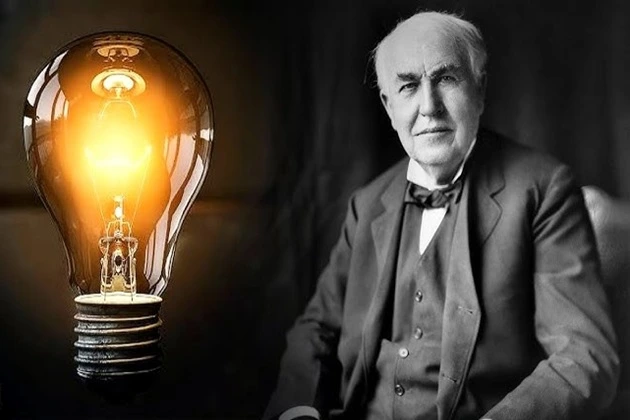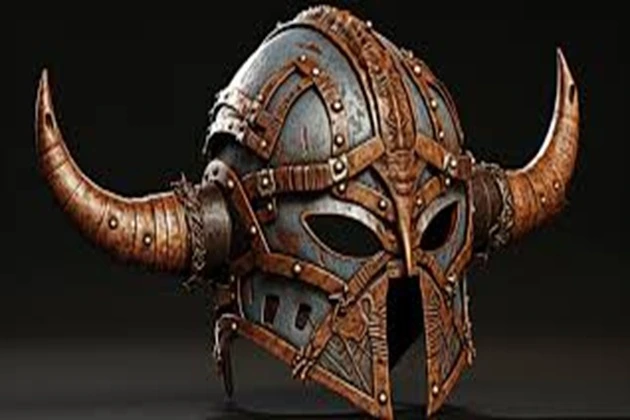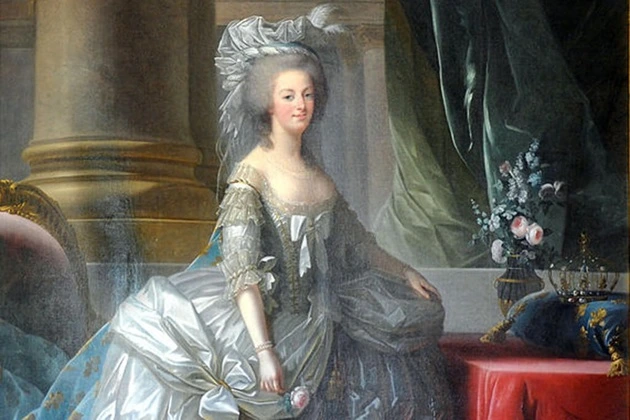5 Historical Misconceptions

Don’t believe everything you read in history books. Many events considered accurate for centuries eventually turned out to be lies. Some were initially based on the past, but they were all distorted and embellished as they were told and retold like a phone game.
Common misconceptions are points of view or factual data often mistaken for the truth but false. They are usually based on conventional wisdom (such as old wives’ tales), stereotypes, superstitions, misconceptions, science misunderstandings, or the popularization of pseudoscience. Some common misconceptions are also considered urban legends, sometimes leading to moral panic.
5 Historical Misconceptions
1. Every Viking wore a helmet with horns

A helmet with horns is an indispensable part of the Viking image, whether in a movie, an art gallery, or a computer game. The Scandinavian helmets were ordinary, like the others. According to some reports, the Catholic Church awarded the warriors of Thor with an additional “decoration.” Since the Normans, as they were called in Latin sources, were very belligerent and often attacked churches and monasteries, they were declared the devil’s spawn.
The picture of a bearded Viking in a horned helmet became fixed in the public consciousness when, in the 1820s, the Swedish artist August Maelstrom illustrated the poem The Saga of Fridtjof by Esaias Tegner in this way. Later, in 1876, his colleague Karl Doppler used the drawings to create costumes for Richard Wagner’s opera The Ring of the Nibelungen. Nevertheless, hats of a similar design have been found.
For example, in Japan, there were samurai kabuto helmets for commanders. Two such bronze helmets dating from 1100-900 BC were found by archaeologists near the Danish town of Vekso, and in 1868, a similar find was discovered in the Thames. But scientists are unanimous: such headdresses existed for ritual and decorative purposes, but not for battle: they are too inconvenient.
2. A gladiator is always a man

By default, it is assumed that a gladiator is necessarily a man. This is not the case at all. Judging by the sources that have come down to us, the participation of women in gladiatorial fights was pervasive during the reign of Nero (54-68 A.D.) and Domitian (81-96 A.D.). In his Roman History, the Greek historian Dion Cassius tells about a celebration organized by Emperor Nero where men and women, with the permission of the Senate, performed in orchestras and circuses and participated in equestrian competitions and gladiatorial fights.
Not everyone was loyal to cruel amusements. Tacitus’ Annals, dedicated to the events of 63-64 A.D., clearly condemned them: “This year was also marked by the organization of gladiatorial games, which were not inferior in splendor to previous ones; but at the same time, an even greater number of noble women and senators sullied themselves by entering the arena.”
Enslaved people and commoners entered the arena because of need or coercion, but noble ladies acted quite deliberately, aiming to shock society. Visit. A F R I N I K . C O M . For the full article. They tried to ban this by law more than once until Emperor Septimius Severus’s decree in 200 imposed the final veto on the participation of women in gladiatorial fights. That didn’t stop women bullfighters from defending their rights in the same way 15 centuries later.
3. Marie Antoinette advised to eat cakes

Marie Antoinette, the wife of King Louis XVI, was declared the mastermind of a conspiracy during the French Revolution and was executed by guillotine. But no less a sin, testifying to the disregard for ordinary people, became for the people the words she allegedly said: “If they don’t have bread, let them eat cakes.”
However, this phrase was first heard in a completely different context when Marie Antoinette was still a 14-year-old princess and lived in her native Austria (1769). In his “Confession”, Jean-Jacques Rousseau wrote: “How to make bread? <…> I would never have decided to buy myself. For an important gentleman with a sword to go to the baker to buy a piece of bread — how can this be! Finally, I remembered what a princess had come up with; when she was informed that the peasants had no bread, she replied: ‘Let them eat brioches,’ and I started buying brioches.”
It is difficult to say whether the words “one princess” had a seditious meaning. According to some versions, there was a law in those days: if there was not enough bread, merchants had to sell expensive pastries at their own price.
4. Einstein was a two-man

The academic failure of the great physicist serves as an “iron excuse” for schoolchildren of all times. They say that if a Nobel Prize winner was kicked out of school for not knowing mathematics, then it’s not a sin for us not to know it.
Rumors are often exaggerated. Albert Einstein knew the “core subjects” perfectly. He said, “I’ve never failed math.… I excelled in differential and integral calculus when I was not yet fifteen.”
But at the Munich gymnasium, the teenager had other problems: he “constantly demanded proof of religion and chose freedom of thought,” which strained teacher relations. In his matriculation certificate, the four highest grades are “sixes” (history, algebra, geometry, physics), and the lowest score is “three” in French. And instead of an English grade, there is a dash at all. But in Italian — “five”.
A significant role in creating the myth of Einstein the Twofold was played by the fact that one of the early biographers of the author of the theory of relativity confused the Swiss rating scale with the German one, where the highest score is one
5. Edison invented the electric light bulb

Now, you can see stylized Edison light bulbs among fashionable interior items. Thomas Edison’s achievements are undeniable. He registered over 2,000 patents worldwide during his lifetime: 1,093 patents were obtained in the United States and 1,200 in other countries. But, as is often the case, many were “collective creativity”: ideas were in the air. That’s what happened to the lamp.
In 1809, the English scientist Humphrey Davy described an electric arc discharge between two carbon rods. By the middle of the 19th century, the best minds of Russia, Europe, and America joined the problem of creating electric lighting.
The Belgian Jobard designed a lamp with a carbon core (burning for no more than half an hour). Gorenje British Warren de la Rue created the first spiral analog in history. The German Heinrich Goebel introduced a vacuum lamp with a charred bamboo thread (the device could function for several hours). Russian engineer Alexander Lodygin patented a vacuum lamp with a carbon rod.
Research continued, patents multiplied, and the device was improved. The English physicist and chemist Joseph Wilson Swan achieved a very bright light due to the rarefied oxygen atmosphere. Thomas Edison conducted about 1,500 tests of various materials and created a lamp that burned for 40 hours. Lodygin suggested using tungsten and molybdenum filaments in the form of a spiral… So, collectively, the familiar light bulb was born.
Its shape, the screw cap with a cartridge and the rotary switch are the undoubted merit of Edison. But he has another merit. In 1882, the inventor said, “We will make electricity so cheap that only the rich will burn candles.” And then he got down to business. In the same year, Edison built New York’s first distribution substation and founded Edison General Electric, a lighting manufacturer. For 110 cents, he set the selling price of the light bulb at 40 cents.
Over four years, the production of light bulbs increased, and the cost decreased. When it dropped to 22 cents and the output rose to one million, Edison covered all the losses in one year. This is how he made electric lighting accessible to everyone.




